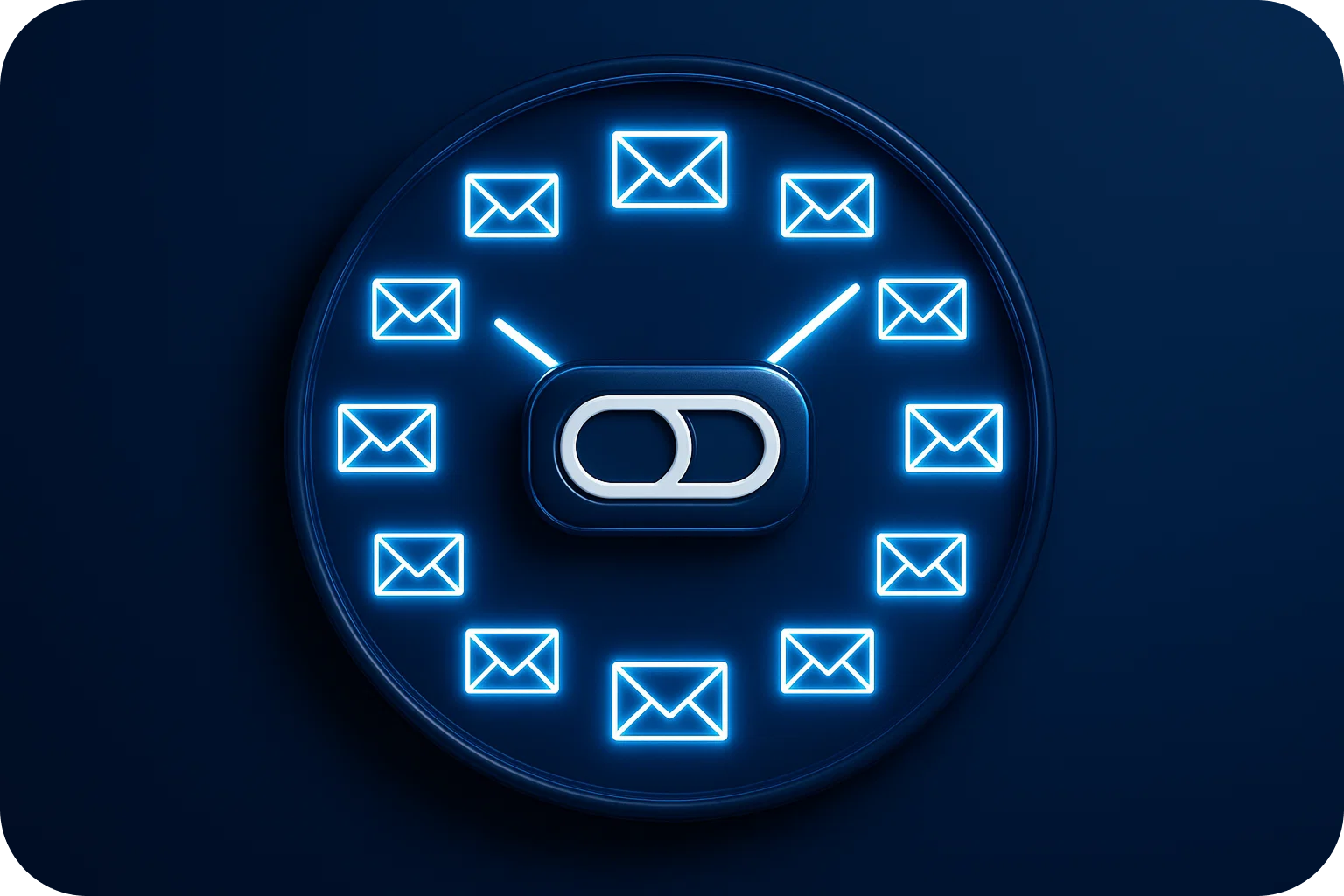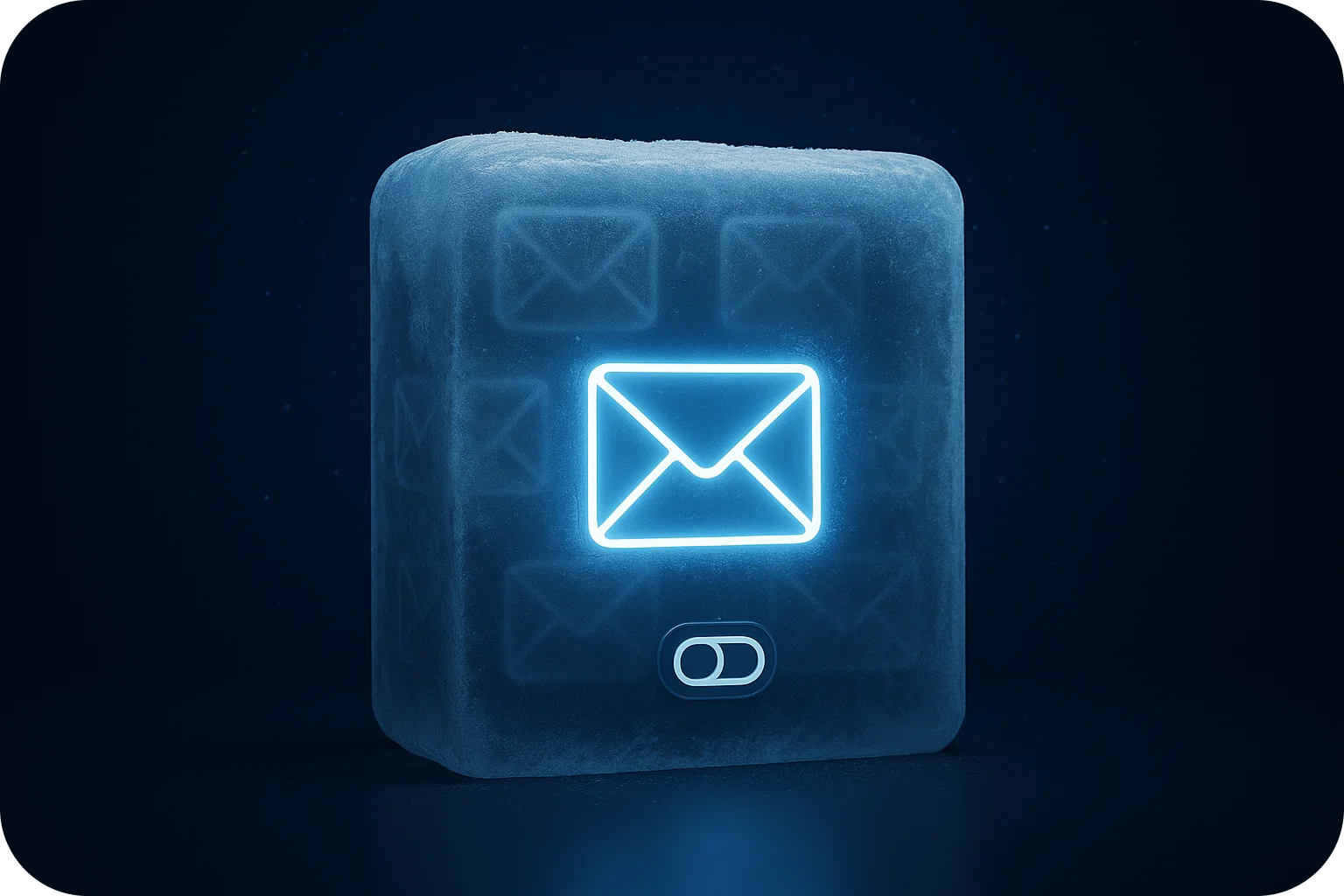The Email Copywriting Hierarchy: What Matters Most When Everything Matters

When you're staring at a blank email draft, every element feels critical. The subject line needs to pop. The opening line must hook. The body copy should persuade. The CTA needs to convert. But here's the uncomfortable truth: not all email copywriting elements carry equal weight.
Understanding the cold email writing hierarchy isn't about ignoring certain elements, it's about knowing where to invest your creative energy for maximum impact. Let's break down what truly matters when crafting cold emails that open, engage, and convert.
Level 1: The Subject Line (The Gatekeeper)
Impact on Success: 47% of recipients decide whether to open based solely on the subject line.
Your subject line isn't just important; it's the single most critical element of your cold email copywriting strategy. Without the open, nothing else matters. Your brilliant body copy and compelling CTA become invisible if your email never gets read.
What Makes Subject Lines Work
The best-performing subject lines share three characteristics:
- Specificity over cleverness: "Quick question about [Company]'s Q2 expansion" outperforms "An opportunity you can't miss"
- Curiosity with context: Create intrigue without being cryptic or clickbait-y
- Personalization signals: Reference something specific to the recipient or their company
The mistake most make: Spending 90% of the time on the email body copy and 10% on the subject line. Flip that ratio. Your subject line deserves disproportionate attention because it controls whether your cold email writing even gets a chance to perform.
Level 2: The Opening Line (The Hook)
Impact on Success: You have 3-5 seconds to prove relevance after the open.
Congratulations, they opened your email. Now you have a tiny window to justify that decision. Your opening line must immediately signal: "This email is relevant to YOU, specifically."
The Anatomy of Effective Opening Lines
Strong opening lines in email copywriting follow a pattern:
Personalization + Relevance + Transition
- "Noticed [Company] just expanded into the European market..."
- "Your recent post about deliverability challenges resonated..."
- "After seeing your team grew from 5 to 50 SDRs in six months..."
These openings accomplish three things simultaneously: they prove you've done research, establish relevance, and create a natural bridge to your value proposition.
The mistake most make: Generic openings like "Hope this email finds you well" or "I wanted to reach out because..." These waste your most valuable real estate—the first sentence after someone decides to give you attention.
Level 3: The Value Proposition (The Why)
Impact on Success: This determines whether curiosity converts to interest.
Once you've earned attention with your subject line and opening, you need to answer the implicit question every recipient asks: "Why should I care?"
Crafting Value Propositions That Land
Effective cold email writing positions value through the recipient's lens, not yours:
Weak: "We're an all-in-one cold email infrastructure platform with 98% deliverability."
Strong: "Your SDR team could scale outreach 10x without hiring more reps or tanking deliverability—here's how three companies like yours did it."
The difference? The second version leads with outcome, not features. It speaks to a specific pain point and provides social proof in a single sentence.
The Three-Part Value Framework
- Problem acknowledgment: Show you understand their challenge
- Outcome promise: Paint the picture of success
- Proof element: Add credibility through specificity
The mistake most make: Leading with "we" statements and company descriptions. Your recipient doesn't care about your company—they care about their problems and potential solutions.
Level 4: The Body Copy (The Bridge)
Impact on Success: This is where interest either deepens or dies.
Your body copy serves one purpose: to bridge the gap between "this sounds interesting" and "I should respond." This is where email copywriting becomes about strategic information architecture.
The Goldilocks Principle of Email Length
Too short feels generic and low-effort. Too long feels like work to read. The sweet spot for cold email writing? 50-125 words of body copy.
What to include:
- One specific example or case study
- One objection handled preemptively
- One clear next step
What to cut:
- Company history and background
- Multiple product features
- Anything that doesn't directly support the value proposition
The mistake most make: Treating email body copy like a landing page. Your email isn't meant to close the deal; it's meant to start a conversation. Every sentence should either build credibility or move toward the response.
Level 5: The Call-to-Action (The Ask)
Impact on Success: A clear CTA can increase response rates by 371%.
You've earned the open, maintained attention, and built interest. Now you need to make responding as frictionless as possible.
The Anatomy of High-Converting CTAs
The best CTAs in cold email copywriting are:
Specific: "Are you free for a 15-minute call Thursday at 2pm?" beats "Let me know if you'd like to chat."
Low-commitment: "Worth a quick conversation?" feels easier than "Ready to schedule a demo?"
Single-option: One clear next step, not multiple choices that create decision paralysis.
The Question vs. Statement Debate
Questions tend to outperform statements in cold email writing:
- "Would this approach work for your team?" (Question)
- "I'd love to show you how this works." (Statement)
Questions create a psychological gap that our brains want to close by responding. They also feel more conversational and less pushy.
The mistake most make: Weak, passive CTAs like "Let me know if you're interested" or "Feel free to reach out." These places all the burden on the recipient and signal low confidence in your offer.
Level 6: The Signature (The Credibility Anchor)
Impact on Success: Often overlooked, but it builds trust subconsciously.
Your email signature is your credibility footer. It should answer: "Who is this person and why should I trust them?"
Essential elements:
- Full name and title
- Company name with website link
- One credibility signal (customer count, notable clients, or relevant achievement)
Optional but powerful:
- LinkedIn profile link
- Calendar booking link (for very warm prospects)
The mistake most make: Either overloading signatures with every possible contact method and social link, or providing nothing beyond a name. Find the middle ground.
Putting the Hierarchy Into Practice
When crafting your next cold email, allocate your time and creative energy according to this hierarchy:
- Subject line: 30% of your effort
- Opening line: 25% of your effort
- Value proposition: 20% of your effort
- Body copy: 15% of your effort
- CTA: 8% of your effort
- Signature: 2% of your effort
This distribution reflects the cascading nature of email copywriting, each level must succeed before the next one matters.
Context Determines Everything
While this hierarchy holds true for most cold email writing scenarios, remember that context matters. A follow-up email might prioritize the opening line over the subject line. An email to a warm lead might spend more energy on the CTA.
The hierarchy isn't rigid; it's a framework for making strategic decisions when you can't optimize everything equally.
The ultimate cold email copywriting truth: Everything matters, but not everything matters equally. Master the hierarchy, and you'll know exactly where to focus your energy for maximum impact.
More articles
Get started now




%201.png)



.png)

